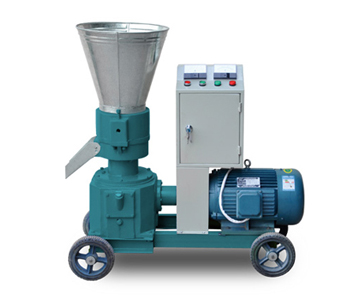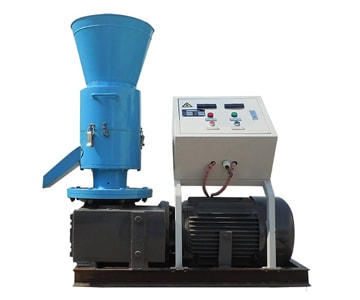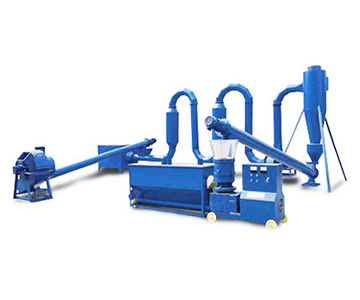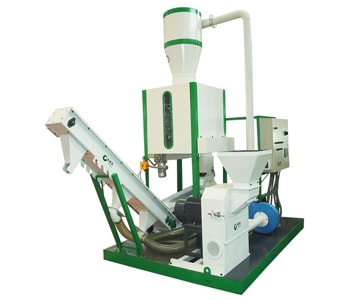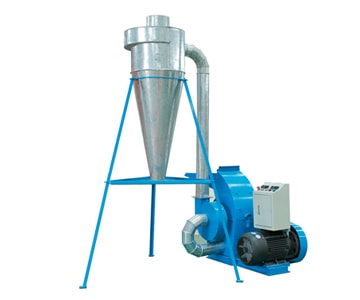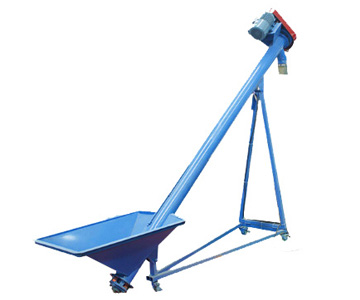Asia wood pellet market analysis and prediction
In Asia, Japan and Korean are major wood pellet importers, while China, Thailand, Vietnam, Indonesia and Malaysia are mainly wood pellets exporters. As the wood pellet market in Europe is expected to level off, Asia will be another drive engine in the biomass pellet industry.
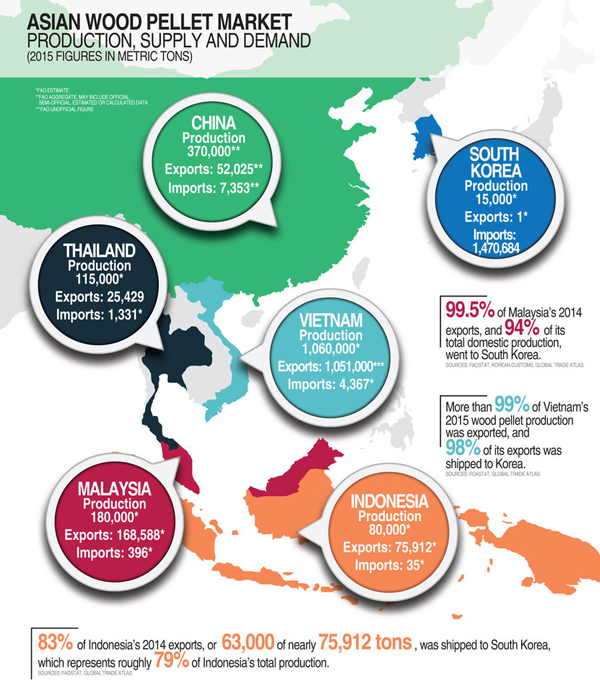
Japan
Stimulate policies
Japan has drawn up a series of stimulate measures to promote renewable energy production and biomass power generation, such as the Basic Law of promoting biomass energy application in 2009 and state planning to promote biomass energy application.
The most influential policy is Fixed-price Support for Renewable Energy (FIT) carried out since July 2012. According to this policy, Electric power companies are obliged to have certain portion of biomass energy power generation, like solar photovoltaics and biomass energy at fixed price and period. Since then, the wood pellets consumption grows up rapidly in Japan.
After the Fukushima nuclear accident in 2010, the power generation portfolio become more diversified. Japan ministry of economy, trade and industry (METI) re-exam the purchase price of FIT every year, so the renewable energy cost is unstable for power generation companies.
Production, consumption and price
According to the data of FAOSTAT in 2016, the domestic wood pellets production is 90,000 tons in the past 5 years. But Japan need to import more wood pellets because of the large consumption. In 2015, it import 230,000 tons from Canada, China and Vietnam. Given the domestic production and import volume, Japan’s wood pellets consumption is 320,000 tons in 2015.
Japan usually import high-quality wood pellets and export low-quality pellets. The import price is 178 Euro/ton, while the export price is 129 Euro/ton.
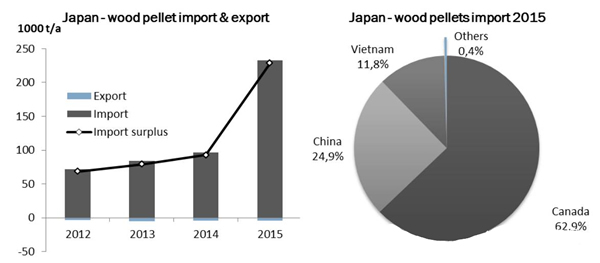
The planned biomass power plants
Since the implement of FIT in 2011, there have been more than 100 biomass power plant construction projects, and 84 of them have been approved.
The government aims to increase the proportion of renewable energy by 2030, with solar power taking up 15%, and biomass and hydropower 10%. Besides, the government plan to build a biomass energy zone to establish a comprehensive biomass energy utilization system.
Oji Green Resources and Mitsubishi Paper Mills also built a joint venture enterprise to build a 75MW biomass power plant in Aomori. It is expected to begin production in 2019.
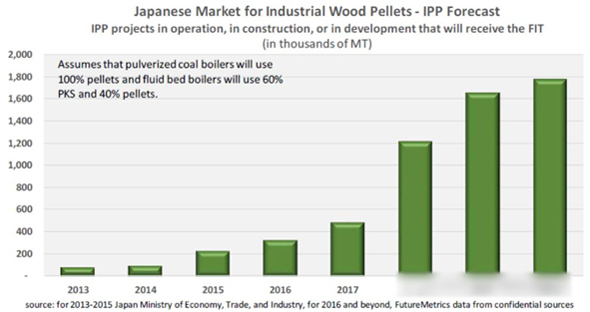
Future biomass pellets demand
FIP policy will continue to promote the biomass energy application in Japan. According to the prediction of Strauss, Japan will need 15 million tons of biomass pellets in the mid-2020s.
Korean
Renewable energy policy
Renewable Portfolio Standard (RPS) plays an important role is Korean’s wood pellet market since 2012. It requires the power generation company to raise the proportion of renewable energy from 2% to 10%.
Biomass energy is expect to take up 50%-60% of renewable power, among wind, solar, and water powers. With the implement of RPS, the demand and import of wood pellets in Korean increase rapidly.
RPS can reduce the power generation cost by competitive technology infiltration and raise renewable energy supply. But the power plant owners have to increase their management cost.
Production and demand
According to the data of FAOSTAT, The wood pellet production in Korean is 15,000t, which cannot meet domestic demand. As reported by Bloomberg New Energy Finance, Korean’s wood pellet demand is 2.2 million tons in 2014, around 40% of England’s. The wood pellet import in Korean has increase from 122,000t in 2012 to 1850,000t in 2014. 70% of them comes from Vietnam, and others from Malaysia, Canada, America, Russia, Indonesia, and Australia.
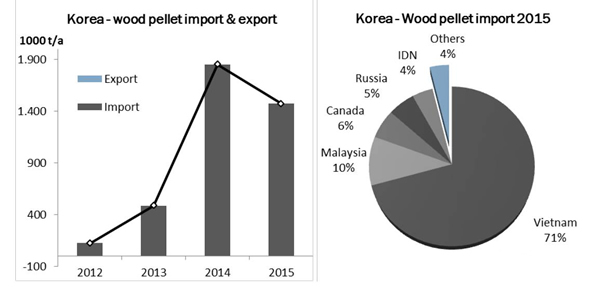
Future demand
As reported by Energy Information Administration (EIA), Korean’s demand for wood pellets keep increasing, driven by the RPS policy. Korean government has set a goal to import 5 million tons of wood pellets by 2020 to meet 75% of domestic demand. They will be mainly imported from Canada, Southeast Asia and America.
China
Renewable energy policy
China’s renewable energy industry grows up rapidly in recent years. In 2013, China’s National Energy administration published an instruction on building a renewable energy portfolio standard. It requires renewable energy should take up 15% of total energy consumption by 2020, and 20% in 2030. According to this regulation, the power generation company should use certain portion of renewable energy. But the supervision and penalty system is not complete.
Production, export and consumption
China has abundant resource of biomass, including crop waste, branch, animal waste, organic waste water, urban garbage. According to the data of National Energy Administration, the forestry waste is 900 million tons every year, with 1/3 of them can be used as fuel.
In the past few years, China’s wood pellet production increase rapidly. It exported 287,000 tons of wood pellets to Korean in 2014. But in 2015, the export declines rapidly in the face of Vietnam’s low-price competition, but the growing Japan market creates new opportunities.
Owing to the short of wood material supply and the increasing production cost, China’s wood pellet price increases to 105 Euro/ton. So it is not as competitive as before.
China’s wood pellet consumption is mainly in the east and Guangdong province, where coal boilers are banned and the wood pellet cost is lower.
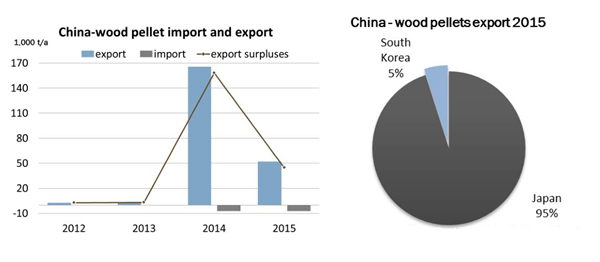
Vietnam
Vietnam has many large-scale furniture manufacturers. So there are abundant wood wastes to make wood pellets, and the cost is the lowest in Asia. And the large wood pellet plant in Asia can promote the economy of scale.
Vietnam is a major wood pellet exporter in Asia. It takes up 70% of Korean wood pellet market, and offers competitive price as low as 90 Euro/ton to Korean and Japan market. Besides, the transportation cost from Vietnam to Korean is quite low.
However, Korean is likely to raise the wood pellet import standard, or announce the bidders ahead of time. These policies will hinder Vietnam’s trade with Korean. Meanwhile, Japan will draw up similar policies to hinder Vietnam dealers from getting into Japan market.
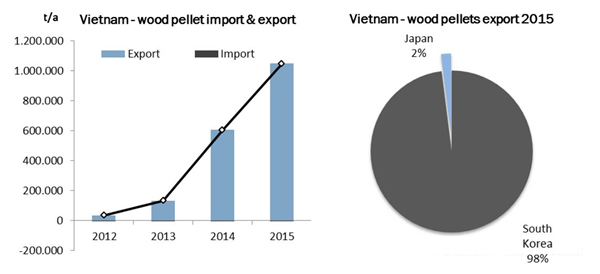
Malaysia, Indonesia and Thailand
Compared with Vietnam, Malaysia, Indonesia and Thailand are all small wood pellets producers and exporters. In 2015, Indonesia and Malaysia respectively exported 150,000 tons and 60,000 tons of wood pellets to Korean. They also export small amount of Palm kernel shells (PKS) to Japan. Under the influence of supplement, quality and quantity, the purchasing price is high.
We receive enquiries in English, Español (Spanish), Русский язык (Russian), Français (French) and العربية (Arabic). Our professional team will reply to you within one business day. Please feel free to contact us!

